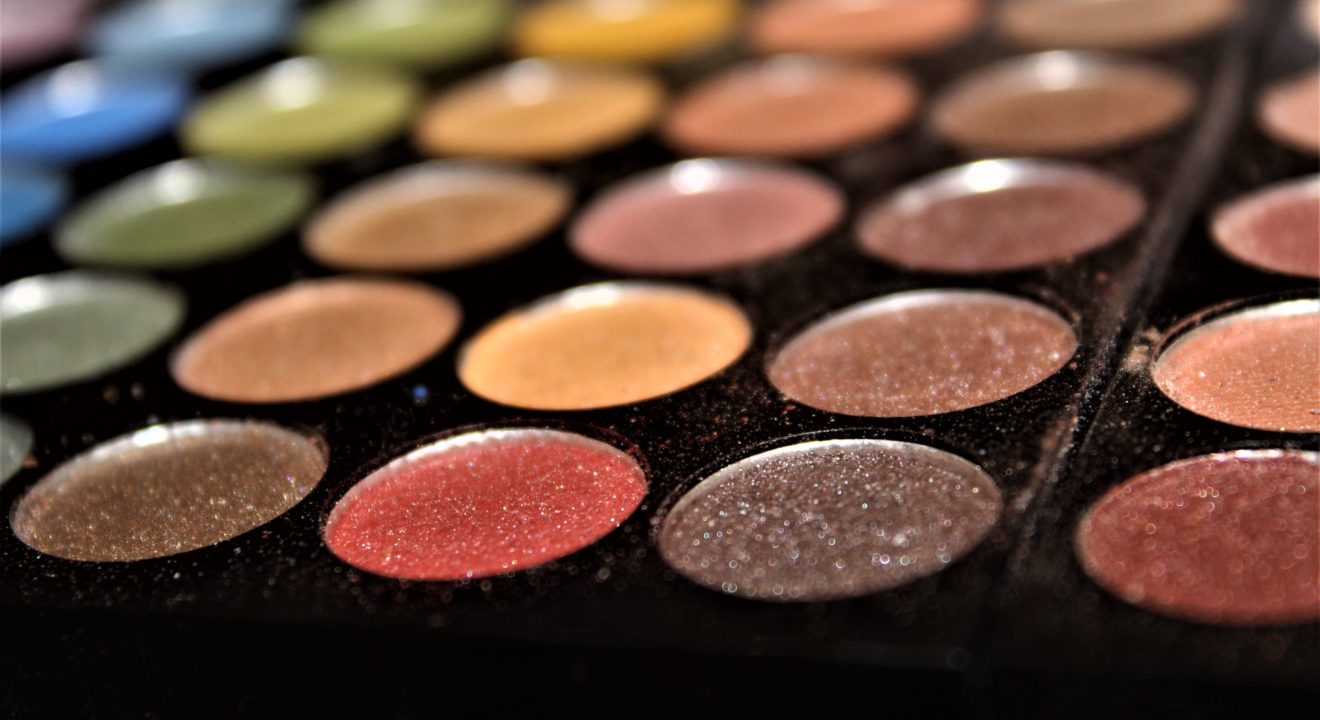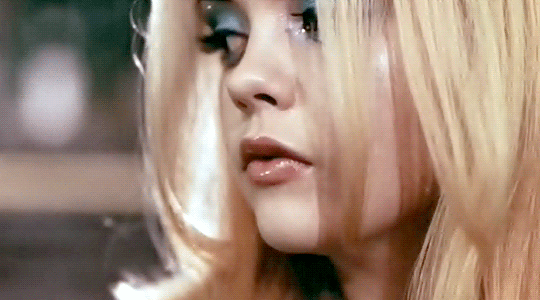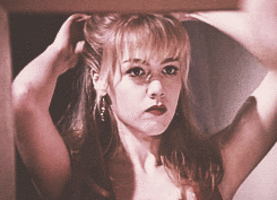Style July 26, 2019
The specific satisfaction brought by this current trend.


The ’90s have been cycling through the trend circuit. From what I can tell, makeup is also having a heyday among beauty enthusiasts and non-enthusiasts alike. I do not wear makeup regularly, let alone a full face of it. But, I have noticed an emphasis among friends, celebrities, and social media influencers on the replication of makeup looks and features popular in the ’90s. Yes, trends and phases are cyclical anyway, but this trend lends itself as a possible reflection of a cultural shift.

Both L’Oreal Paris and TheTrendSpotter list blue eyeshadow, brown lipstick, burgundy lipstick, glitter, and grunge eyeliner among a few others as features indicative of the 90’s makeup look.
CAn attention span study conducted by Microsoft Canada concluded with the decline in the Canadian population’s attention span because of digital technology and how we engage with it.
Because of a decreased attention span, boredom naturally has more opportunities to seep in. In the study conducted by Microsoft, people seek stimulation to avoid boredom. From what I can tell, trends within the commercial and beauty space have a relatively short shelf-life anyway. Based on more recent rapid turnovers, perhaps this resurgence of ’90s makeup is a brief cure to beauty culture’s boredom or lack of inspiration. Especially since many makeup wearers are digital-tech savvy and have likely experienced a decline in attention span as well. Maybe it also acts as a contrast to the current overlapping trend of extravagant and glamorous makeup.
With the widespread ability to rapidly consume and over saturate platforms, trends result in enough stimulation to wade through the prevention of boredom. However, if the likelihood of boredom increases (i.e. attention spans continue to decline), then maybe the lifespan of trends will become shorter and shorter.


Yes, trends tend to cycle back into the mainstream at some point. I do not have enough expertise in actively following makeup and beauty trends to properly speculate as to why specifically the ’90s decade is trending.
But, regardless of what is popular, this trend satisfies the beauty culture’s current need for stimulation. However, as digital technology and sharing capabilities continue to improve, beauty culture’s threshold for stimuli may grow smaller in response to a shorter attention span and capacity for sustained satisfaction.
People also express themselves through trends, which means they are likely consumers of retail products. If trends turnover faster than people can explore and immerse themselves, then consumer habits and individual’s feelings of personal relevance may be affected by increased spending on trend-specific items that may not hold any social currency in the next trend.